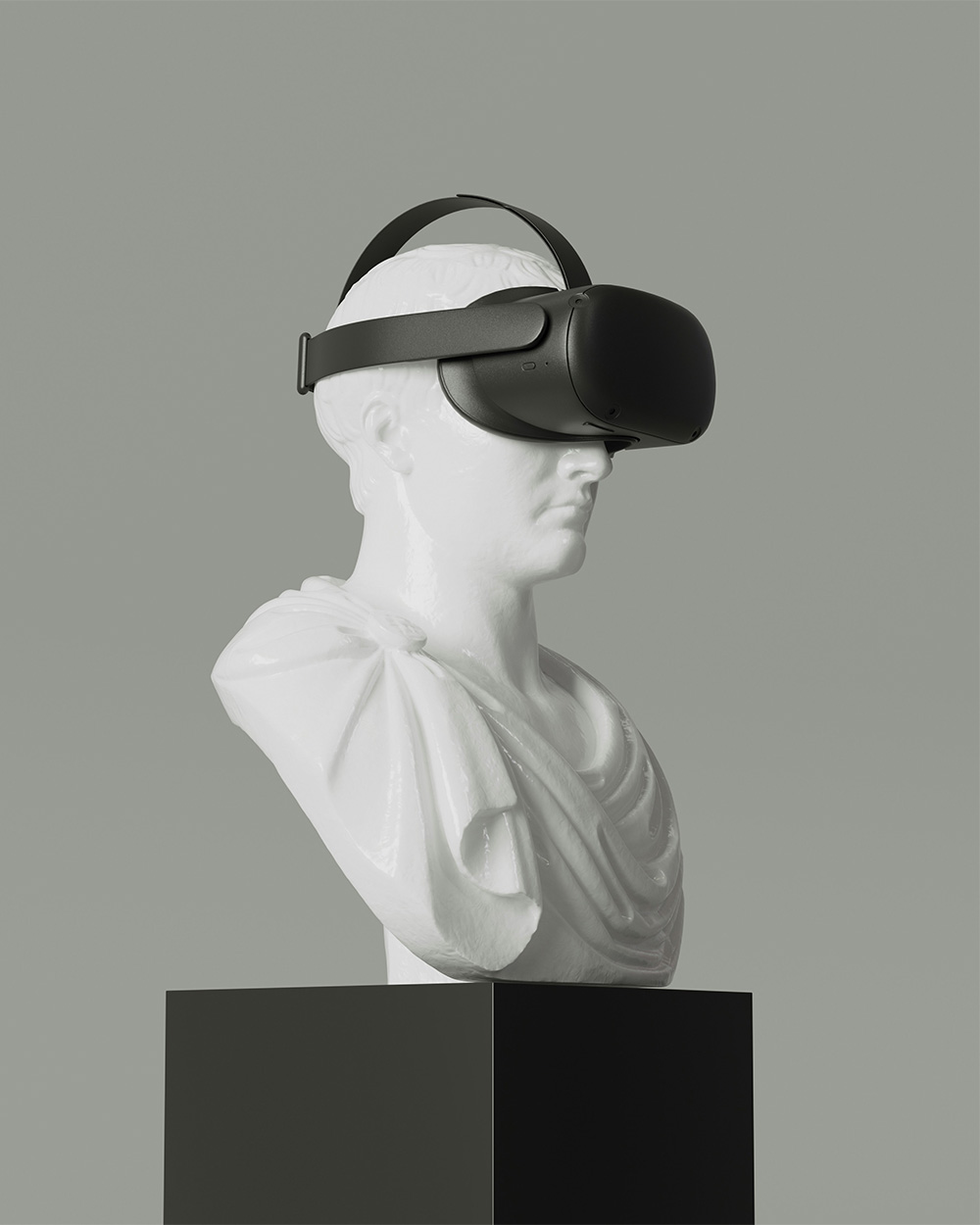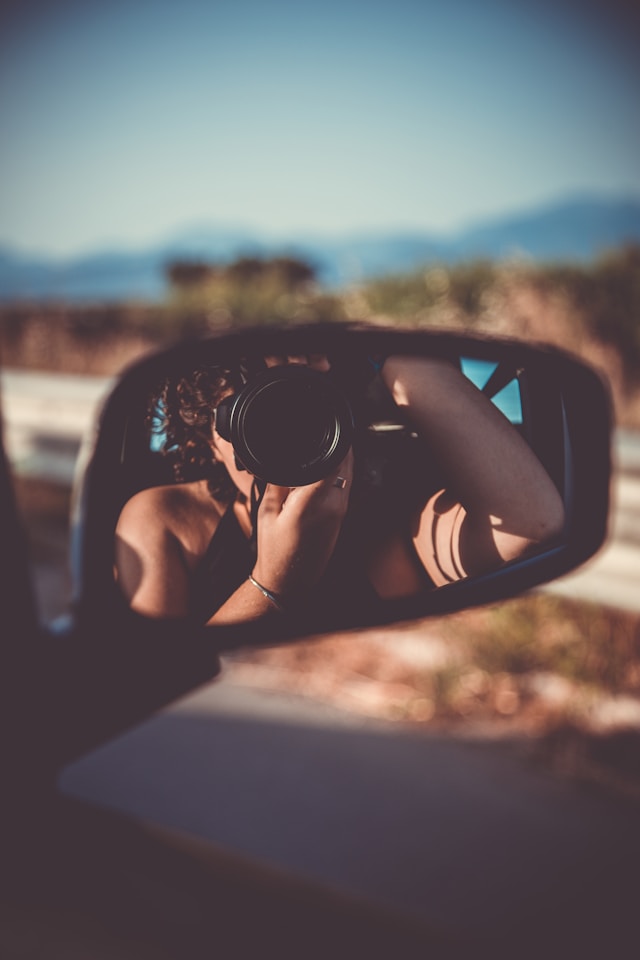All You Need To Know About Photography
What is Photography?
Photography is the art, science, and practice of creating durable images by recording light, either electronically by means of an image sensor or chemically by means of a light-sensitive material such as photographic film. It is a powerful medium that allows us to capture moments in time, tell stories, convey emotions, and document events.
History of Photography
- Early Experiments:
- The earliest known use of the camera obscura dates back to ancient China and Greece. It was a device used to project an image of its surroundings onto a screen.
- Invention of Photography:
- In 1826, Joseph Nicéphore Niépce took the first permanent photograph using a process called heliography. His photograph, “View from the Window at Le Gras,” required an exposure time of eight hours.
- Louis Daguerre, in 1839, developed the daguerreotype, a more practical and faster process that reduced exposure times significantly.
- Henry Fox Talbot introduced the calotype process in 1841, which produced a negative image that could be used to make multiple positive prints.
- Modern Photography:
- The introduction of roll film by George Eastman in 1888 with his Kodak camera made photography more accessible to the general public.
- The development of digital cameras in the late 20th century revolutionized photography, allowing for instant image review and easy editing.
Types of Photography
- Portrait Photography:
- Focuses on capturing the personality and emotion of an individual or group of people.
- Often used in personal, commercial, and editorial contexts.
- Landscape Photography:
- Captures natural scenery such as mountains, forests, and bodies of water.
- Emphasizes composition, lighting, and the natural beauty of the environment.
- Macro Photography:
- Involves taking close-up shots of small subjects, revealing details not visible to the naked eye.
- Common subjects include insects, flowers, and small objects.
- Street Photography:
- Captures everyday life in public places, often candidly.
- Focuses on the human condition and the environment people live in.
- Wildlife Photography:
- Involves photographing animals in their natural habitats.
- Requires patience and often specialized equipment to capture images from a distance.
- Event Photography:
- Covers events such as weddings, concerts, sports, and corporate events.
- Focuses on capturing key moments and the atmosphere of the event.
Key Elements of Photography
- Composition:
- The arrangement of elements within the frame.
- Techniques include the rule of thirds, leading lines, symmetry, and framing.
- Lighting:
- The use of light to illuminate the subject and create mood.
- Can be natural (sunlight) or artificial (studio lights, flash).
- Exposure:
- The amount of light that reaches the camera sensor or film.
- Controlled by the aperture, shutter speed, and ISO settings.
- Focus:
- The clarity and sharpness of the subject in the image.
- Depth of field refers to the range of distance within the image that appears sharp.
- Color:
- The hues and tones within an image.
- Can be manipulated through white balance settings and post-processing.
Photography Techniques
- Long Exposure:
- Uses slow shutter speeds to capture motion over time.
- Commonly used in night photography, light painting, and capturing star trails.
- HDR Photography:
- High Dynamic Range photography involves taking multiple exposures and combining them to capture a wider range of light and detail.
- Panorama:
- Capturing a wide-angle view by stitching multiple images together.
- Useful for landscapes and cityscapes.
Photography Equipment
- Cameras:
- DSLR (Digital Single-Lens Reflex) cameras.
- Mirrorless cameras.
- Point-and-shoot cameras.
- Smartphone cameras.
- Lenses:
- Wide-angle lenses for landscapes and architecture.
- Telephoto lenses for wildlife and sports.
- Macro lenses for close-up shots.
- Prime lenses with fixed focal lengths for sharpness and low-light performance.
- Accessories:
- Tripods for stability.
- External flashes for additional lighting.
- Filters for effects like polarizing and neutral density.
- Editing software for post-processing.
The Role of Photography
- Art:
- Photography as a form of creative expression.
- Used by artists to convey emotions, themes, and concepts.
- Documentation:
- Capturing historical events, personal milestones, and everyday life.
- Used in journalism, research, and personal record-keeping.
- Communication:
- Conveying messages, advertising products, and telling stories.
- Essential in media, marketing, and social networking.
- Science and Exploration:
- Used in fields like astronomy, biology, and forensics.
- Helps document and analyze subjects in detail.
Photography is a versatile and dynamic field that combines technical skills with artistic vision. Whether for personal enjoyment or professional purposes, it allows individuals to capture and share their unique perspectives of the world.
Subscribe to our
newsletter.
Get valuable strategy, culture, and brand insights straight to your inbox.
By signing up to receive emails from Motto, you agree to our Privacy Policy. We treat your info responsibly. Unsubscribe anytime.

